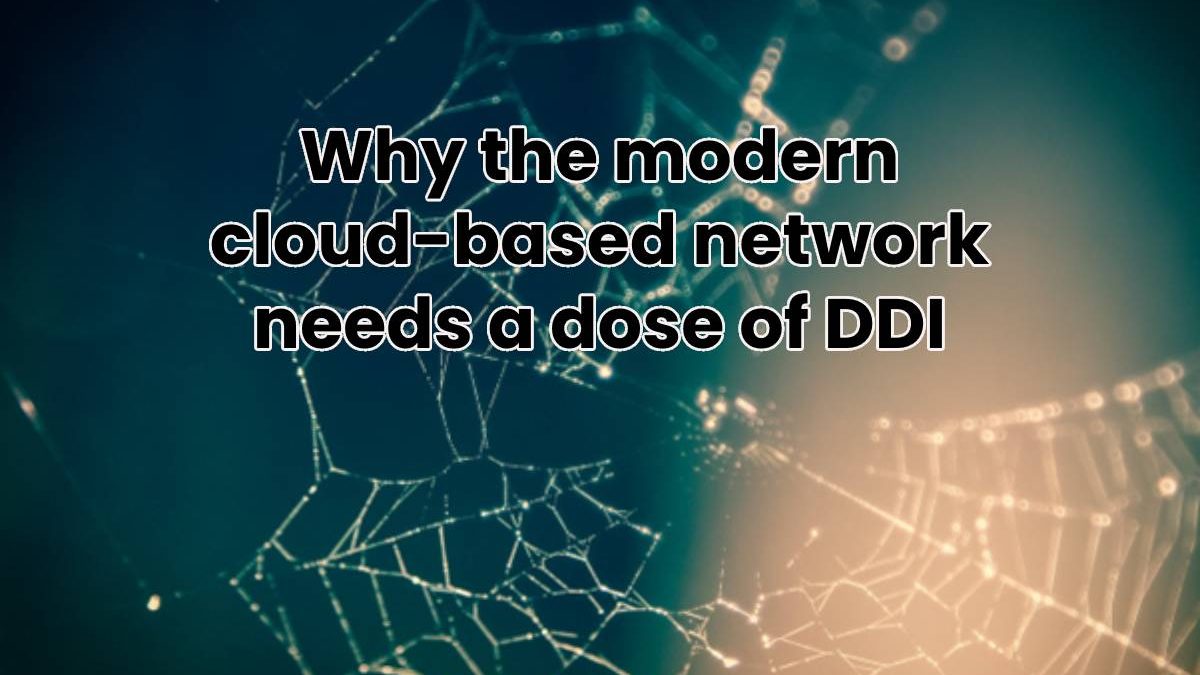The network has been significantly affected by the move to the cloud, expanding its perimeter beyond local data centers and branch offices to any place a business has staff or resources. As the number of sites, locations, mobile, and “internet of things” devices grows at the network edge, the networking environment is getting increasingly difficult.
One tool, or rather a group of tools, that can assist businesses in overcoming the difficulties of contemporary networking is DDI, which combines DNS, DHCP, and IPAM (IP Address Management) into a single solution. Although Infoblox dominates the Cloud DDI industry, there are several free solutions available, including those included with Windows Server.
The issue with free tools is that they frequently lack the size to satisfy the requirements of high-performance systems. All communications across IP-based networks are made possible by this group of technologies, which is also essential for the implementation of secure access service edge, or SASE. Although they must do so to streamline deployment and ongoing operations, the majority of network professionals would not naturally link DDI to SASE.
A new enterprise networking solution called SASE combines network security and the wide-area network edge into a single cloud-based service. It expands on the idea of software-defined networking, which enables cloud-based software provisioning. SD-WAN is advanced via SASE. Basic SD-WANs have management and security flaws, whereas SASE is built from the ground up to be a network security-focused platform.
It’s safe to argue that the network is the business for the majority of firms. A network’s failure affects both the business and the network itself. All networks depend on DDI core network services, which offer the functionalities needed to keep networks operating. Different techniques are employed by the DNS system to convert domain names into IP addresses. Network administrators do not need to manually configure IP addresses because the DHCP protocol assigns them dynamically to connected endpoints. The assignment of IP addresses within a company is monitored and managed by IPAM.
WHAT DOES CLOUD-MANAGED DDI LOOK LIKE?
In every networking contact, DDI (DNS, DHCP, and IP address management) services are crucial. They maintain the functionality of your business network. No matter where they are, they are involved in all of your digital business workflows, services, applications, and data. To ensure that your network is always operational and operates effectively as it scales to new users and devices, DDI unifies the administration and automation of these services.
In comparison to on-premises, server-based DDI solutions, cloud-managed DDI offers many organizations a more flexible, agile, and cost-effective alternative. Core services can be centrally managed in the cloud by deploying smaller virtual or physical appliances at each remote location. No more complicated on-site service provisioning or local appliance configuration. The advantages of full DDI visibility, automation, and dependability are available with cloud-managed DDI, but at reduced hardware and running costs, with fewer mistakes, and with total control. This makes it possible to construct a quicker, more dependable network for Edge users who need immediate access to cloud apps as well as a more controlled and effective management environment for IT professionals in the network operations center.
By combining DNS, DHCP, and IPAM on a single platform, cloud-managed DDI provides a bridge that enables organizations to combine essential network services.

